Not every laminate after the repair will make the owners look flat with the impeccability of the seams and a pleasant shine for a long time. It happens that within a year or two scuffs form on the surface, in some places the floor becomes dull. The problem can be not only in the quality of the material, but also in the incompatibility of the chosen class of laminate board with the conditions of operation. What class of material to choose, so that the floor after repair as long as possible retains its original appearance?
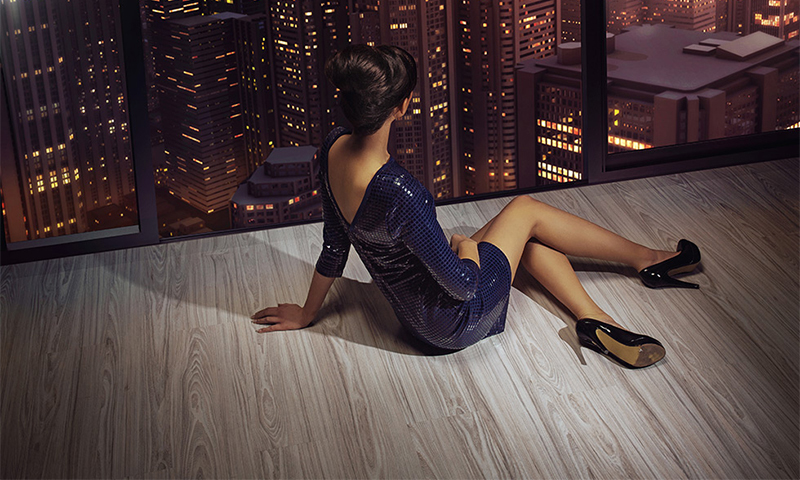
Content:
The best laminate manufacturers - which company to choose
The best way in the Russian market has proven itself products from European manufacturers, the laminate of Russian-German joint ventures enjoys popularity.
We offer to get acquainted with the list of the best companies:
- Pergo;
- Berry Alloc;
- Kaindl;
- Tarkett;
- Kronostar.
In the link you can read more about rated the best laminate manufacturers. Those who wish to find out what parameters the product class depends on, we suggest to delve into the material.
Device and production technology of laminate
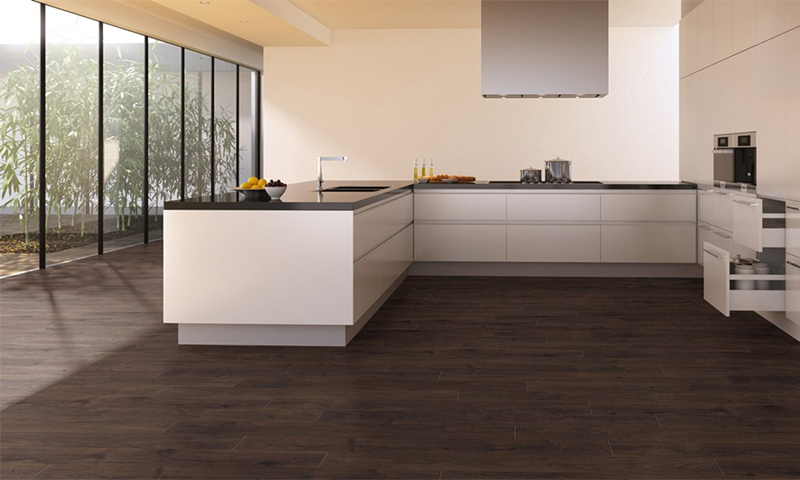
Laminate board consists of several layers. Each layer has its own function and is made of a certain material.
Compensating layer
It is made from kraft cardboard impregnated with synthetic resin. This kind of cardboard is made of cellulose, it is distinguished by special strength.
The quality of the laminate provided by the bottom layer:
1. Rigidity;
2. Moisture resistance.
Main layer (carrier)
It is made of fiberboard (MDF, HDF) or wood mono-structural plate.
The basis provides:
1. Noise insulation;
2. Thermal insulation;
3. Moisture resistance;
4. Mechanical fracture strength.
In this layer there are lock joints for fastening the boards.
Decorative layer
Made from melamine-covered paper with a pattern that most faithfully depicts the texture of wood or stone. Layer provides visual appeal.
Protective layer (overlay)
The overlay is a transparent layer made of acrylic or melamine resin. Products covered with melamine will last longer. Overlay protects the surface of the board from moisture, abrasion, mechanical damage. From the strength and thickness of the protective layer depends on the wear resistance of the laminate.
The appearance of the overlay depends on the design and orientation of the collection. It can be matte, semi-gloss or glossy. In some cases, a pattern imitating the relief of a tree or other material is applied to the hot resin layer. To increase the strength, microparticles of corundum or aluminum dioxide are added to the polymers used.
The qualities that affect the durability and strength of a laminate board depend not only on the composition of the layers, but also on the technology used to join them.
Production technology
There are several technologies for the production of laminate boards:
1. DPL (direct compression) - at high temperatures, all layers are pressed at the same time. This is the most common production technology;
2. HPL (high pressure) - in the first stage, the protective and decorative layers are pressed under high pressure; in the second stage, the layers are connected to the base and the compensating layer. The board has a high resistance to abrasion and will last longer;
3. CPL (continuous pressure) - similar to the previous technology. Difference - at the first stage of pressing under the decorative layer include layers of Kraft paper. This increases the resistance of the material to mechanical stress;
4. DPR (direct printing) - the most recent technology in which the drawing is applied directly to the base. She allowed to expand the range of colors and patterns.In Europe, this technology produces products for individual orders.
Laminate Classes
The class of laminate determines the duration of the appearance of the board at various loads. The higher it is, the more resistant the surface of the flooring to abrasion. The assumption that the thickness of the laminate board affects the wear resistance and durability of the flooring is erroneous. These qualities depend solely on the reliability of the upper layer.
Class laminate is assigned after passing a series of tests. European products must comply with EN 13329 for 18 tests, the Russian - GOST 32304-2013. After passing each test class is assigned to the material. The final class is assigned at the lowest of the indicators, although in the aggregate of all tests the class of laminate could be higher.
Many manufacturers indicate the most important characteristics of their products, including indicators:
1. Wear resistance;
2. Formaldehyde emissions;
3. Lightfastness;
4. Strength;
5. Resistance to chemical dyes;
6. Moisture resistance.
From the assigned class depends on the degree of intensity of operation, which is designed laminate. The wear resistance class is determined on the basis of a block test, which allows determining the degree of abrasion of the overlay.
For the test, use a small device with a rotating abrasive disk. The meter counter fixes how many disc turns damage the upper layer of the test specimen. Based on the test, the material is given a wear resistance class from 1 to 6.
31 class

Laminate class 31 is not intended for long-term intensive loads. It is used to cover the floor in rooms with low permeability. With a slight intensity of use, the coating will last about 10 years.
The main characteristics of the material with which it must comply:
1. Lamella thickness - 6-8 mm;
2. The thickness of the upper layer is 0.2 mm;
3. Wear resistance class - АС-3;
4. Taber test - 2500;
5. Impact resistance - IC-1;
6. Water absorption - up to 18%;
The surface of the laminate board 31 class is resistant to moisture for a short time. Weak points - ends and castle connections, which are poorly protected from moisture. Therefore, any liquid should be removed from the surface as quickly as possible. Leaking through the joints between the lamellae, it can provoke a swelling of the coating.
Advantages:
- Relatively low price;
- Resistance to aggressive substances, including paint, nail polish;
- Heat resistance;
- A wide selection of textures and colors;
- Easy installation.
Disadvantages:
- Instability to moisture;
- Characteristic sound when walking in shoes with a hard sole.
32 class
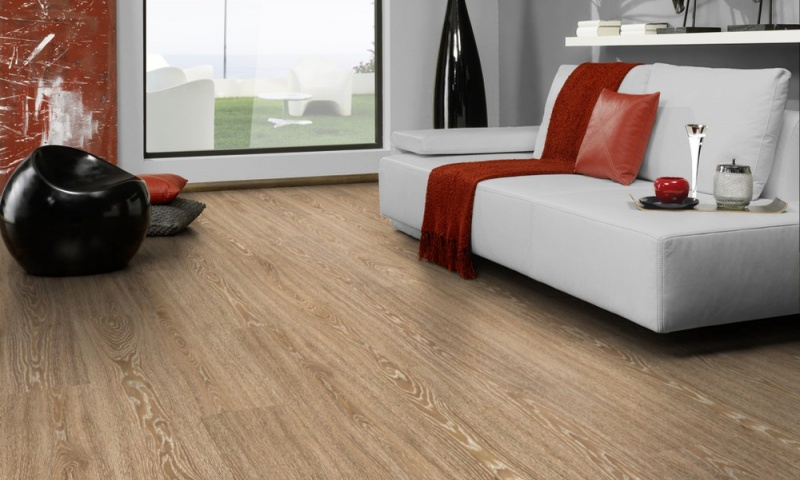
It is the most popular among consumers, 2/3 of the total sales of laminate in Russia accounted for 32 classes. This is a material of the middle price range, designed for rooms with medium cross, where he can serve up to 15 years.
The main parameters that the laminate 32 class must meet:
1. Board thickness - from 7 to 12 mm;
2. The thickness of the protective layer is from 0.2 to 0.4 mm;
3. Wear resistance class - АС-4;
4. Taber test - 4000;
5. Impact resistance - IC-2;
6. Water absorption - up to 18%;
Benefits:
- A huge selection of decors - most products have a raised surface that imitates wood or other material;
- Board thickness up to 12 mm provides increased strength and good sound insulation;
- Increased wear resistance;
- Reasonable price, considering that the coverage in the apartment will last up to 15 years;
Disadvantages:
- Acoustic discomfort - makes a booming sound when walking in stiff shoes or heels;
- Insufficient resistance to moisture.
33 class
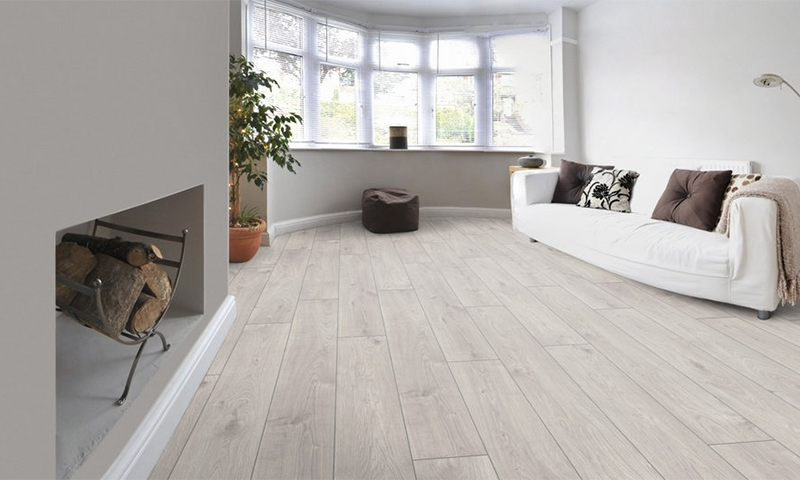
The composition of raw materials for laminate 33 classes include special compositions that give the material additional strength and wear resistance.In living conditions, laminate flooring of 33 class is used in rooms with high permeability, where it can last up to 20 years, and in rooms where the floor does not experience heavy loads, up to 30 years.
The material has high performance, the legs of the furniture and ladies' studs will not leave any dents on it.
The main parameters that must match the laminate:
1. Board thickness - 8-12 mm;
2. The thickness of the protective layer is not less than 0.4 mm;
3. Wear resistance class - АС-5;
4. Taber test - 6500;
5. Impact resistance - IC-3;
6. Water absorption - up to 18%.
Benefits:
- Long service life;
- High degree of resistance to abrasion;
- The relief surface imitating a natural tree looks very aesthetic.
Disadvantages:
- For rooms with high humidity, you need to select a moisture-resistant laminate, with a water absorption coefficient of about 8%.
34 class
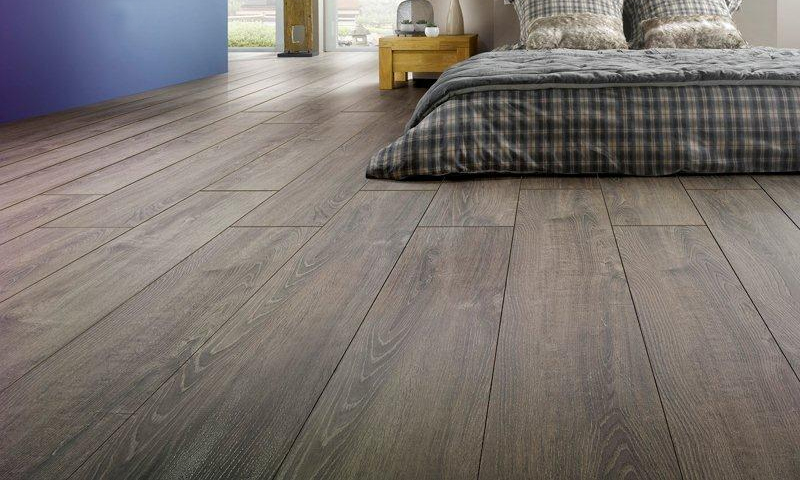
Most often the laminate of this class is produced by HPL technology (pressing under high pressure). The basis of the material is characterized by high density due to the use of special impregnation. To increase the resistance to moisture, special impregnations are used for the compensating layer.
Laminate class 34 is rarely used for home flooring. It is used in places of large concentrations of people: in shops, airports and even in car dealerships. If you lay laminate 34 classes of a well-known manufacturer in an apartment, you can forget about repairing the floor for the rest of your life.
The main parameters with which the material should correspond:
1. Board thickness - 10-12 mm;
2. The thickness of the protective layer is not less than 0.6 mm;
3. Wear resistance class - АС-6;
4. Taber test - 6500;
5. Impact Resistance - IC-4;
6. Water absorption - up to 8%.
Benefits:
- Water resistant, can be used in rooms with high humidity;
- It has an improved bonding design that improves the reliability of the locking joints and makes the installation work easier;
- Particularly resistant to damage and wear;
- The possibility of laying on the "warm floor".
Disadvantages:
- High price.
Laminate selection options
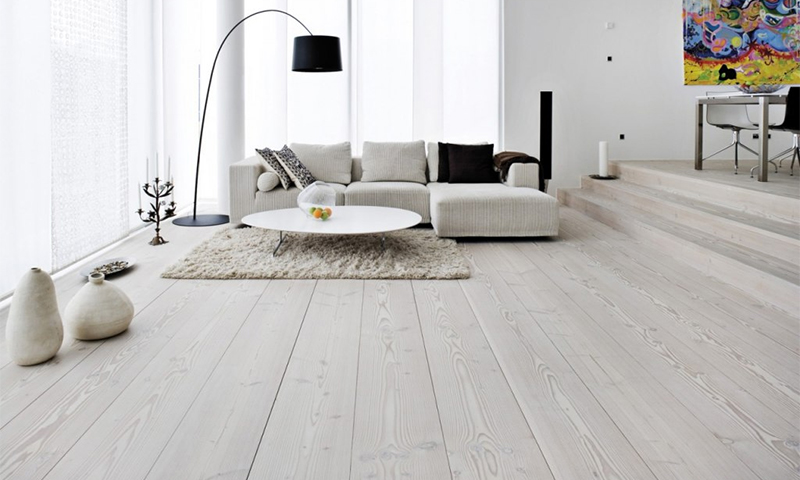
Having defined the laminate class for each room of an apartment or house, you need to take into account other material parameters that affect the duration of its operation.
Thickness
Board thickness affects floor performance:
1. Resistance to stress (it is important to consider when arranging for rooms with heavy furniture and appliances);
2. Strength (the thicker the board, the stronger it is);
3. Thermal insulation and noise insulation qualities (if the “warm floor” system is involved in the room, the board should not be too thick. In this case, it is preferable to purchase a high-quality thin laminate.
Moisture resistance
Having decided to lay the floor with laminate in rooms with high humidity, it is necessary to acquire a special material. The raw material for its base is solid wood fibers, not chips. Compressed under considerable pressure and at high temperature, the workpiece is treated with resin and wax, which prevents the penetration of moisture into.
For rooms with high humidity, manufacturers offer two types of water repellent laminate:
1. Moisture resistant - maintains contact with liquid for some time;
2. Waterproof - not afraid of direct long-term contact with water, as its base is made of plastic.
What class of laminate to choose
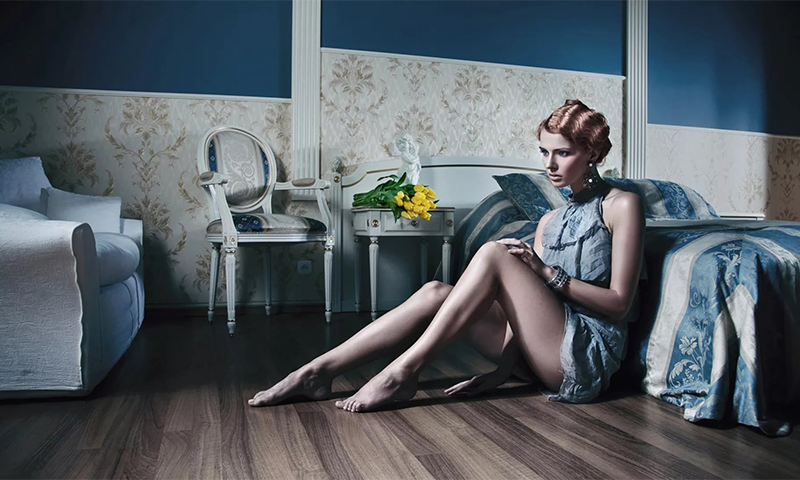
1. Children's room, bedroom, study, living room - 31 class;
2. Children's room, where more than 2 children live - 32 class;
3. The living room of the family, which often welcomes guests - 32 class;
4. Kitchen, corridor - 32 or 33 class (moisture resistant);
5. The rooms of the apartment, where small pets live - 32 class;
6. All rooms of the apartment where the large dog lives - 32, 33 class;
7. Bathroom - class 34 or class 33 (waterproof).
How much is laminate
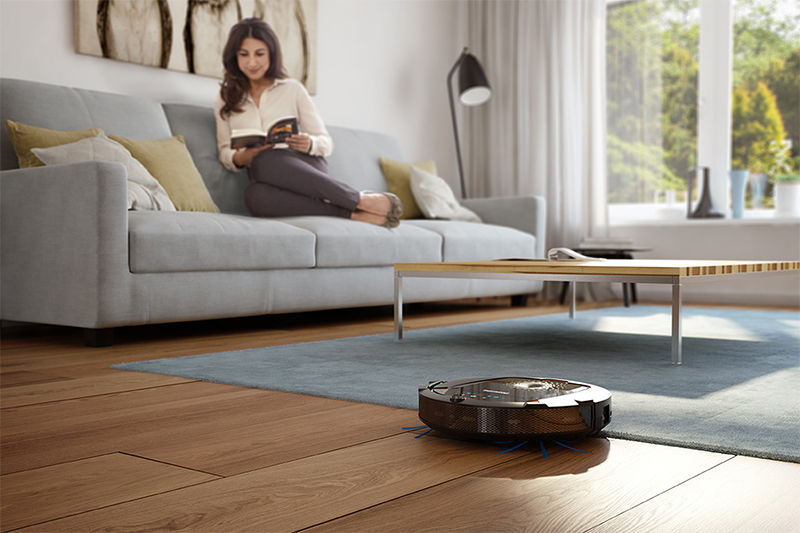
1. Class 31 - from 270 to 1,700 rubles;
2. 32 class - from 350 to 2300 rubles;
3. Class 33 - from 450 to 2,700 rubles;
4. 34 class - from 540 to 3200 rubles.
The lowest possible prices are for Chinese-made products, and high prices are for premium class laminate from reputable manufacturers.
It will be interesting to friends too

